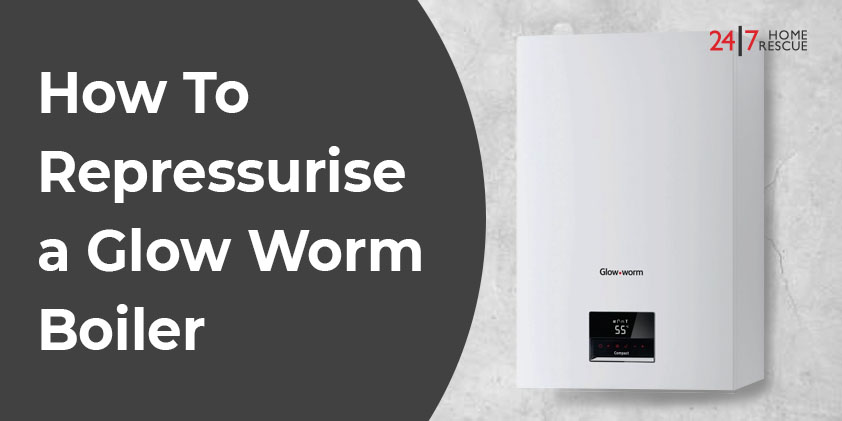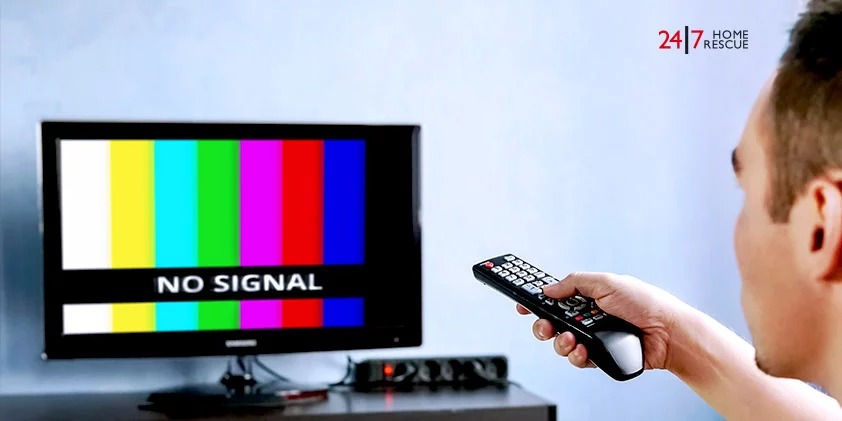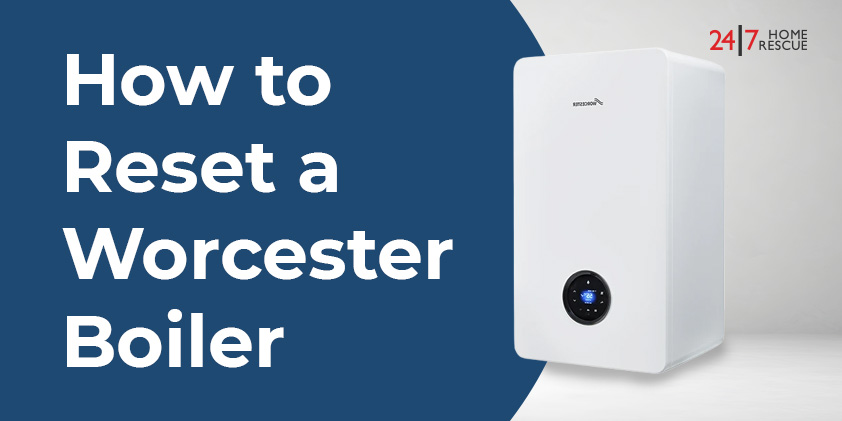
Dishwasher Not Filling with Water? Causes & Fixes Explained
If your dishwasher is not filling with water as it should, don’t panic! You have the power to identify and fix the issue with a few simple steps. No need for professional repairs or a new appliance. Basic troubleshooting can go a long way in diagnosing the problem and restoring your dishwasher to full functionality.
Here, we will delve into some of the most common reasons why your dishwasher might not be filling with water. These are issues that many homeowners or DIY enthusiasts encounter, and we’re here to provide detailed tips to help you get it back on track!
Why Isn’t My Dishwasher Filling with Water?

Is water not going into the dishwasher? Then, there may be several reasons, ranging from minor obstructions to more severe mechanical failures. Below, we’ll explore key areas to investigate to get your dishwasher running smoothly again:
1. Check for Standing Water
Begin your inspection by examining the interior of the dishwasher. If you notice standing water at the bottom, this is a strong indicator that something is amiss. Many dishwashers are designed to prevent filling if they detect a potential overflow risk.
Clear out any remaining water
Use a sponge or a towel to soak it up, or use a wet/dry vacuum for larger volumes.
Inspect for clogs
Look closely at the dishwasher’s drain and filter to identify any blockages. A thorough cleaning may resolve the issue quickly.
Explore further drainage issues
If issues persist, consider following detailed guides on drainage issues to get a better understanding regarding the problem and take the right action towards solving it.
Related Articles:
My Dishwasher is not cleaning properly
Why My Dishwasher is not Draining
2. Inspect the Float Valve

The float valve operates as a safety mechanism to prevent overfilling. If it becomes stuck in the “up” position, your dishwasher may falsely perceive that it is already full, causing it to stop water intake entirely.
Access the float mechanism
Remove the bottom rack to access the float valve. Ensure that it is free of any obstructions.
Clean the area
Sometimes, food particles and debris can accumulate around the float. A gentle cleaning can restore its movement.
Assess for damage
If the float valve seems broken or damaged in any way, it may need replacing to ensure your dishwasher functions correctly.
3. Examine the Water Supply Line

Often, the issues with the dishwasher not filling with water can stem from the water supply line itself.
Inspect the hose
Ensure that the water supply line is not kinked or pinched, as this can restrict water flow to the appliance.
Check for visible damage
If the hose appears damaged or worn, replacing it could be a quick solution.
Verify the water valve’s position
Additionally, locate the hot water valve typically found under your kitchen sink and ensure that it is fully open; this is critical for water flow.
4. Assess the Water Inlet Valve

Responsible for controlling the flow of water into your dishwasher, the water inlet valve can be a common culprit when water isn’t filling.
Turn off the water supply
Before you start your inspection, make sure to turn off the water supply and disconnect the inlet hose.
Look for blockages
Examine the filter screen for any signs of clogging that might be restricting water flow.
Determine its condition
If the inlet valve looks worn out or damaged, replacing it may be necessary to restore function.
5. Ensure the Door Latch is Secure

Don’t overlook the importance of ensuring that your dishwasher door is properly secured. If the door isn’t latched tightly, the machine will not fill with water.
Check the latch mechanism
Make sure the door closes firmly and latches correctly.
Evaluate latch condition
If the latch appears loose or damaged, consider replacing it to resolve these filling issues effectively.
Addressing Additional Common Issues

Beyond the basics, there are a few more specific problems that could arise:
Dishwasher fills while off?
This situation typically suggests that the inlet valve is stuck open, which can cause unwanted leaks. Replacing the valve will commonly resolve this issue.
Water enters, but the cycle won’t begin?
This could indicate issues with the control board, timer, or motor. For these more complex problems, it may be best to consult with a professional technician.
Inadequate water filling?
Insufficient water may be related to low household water pressure or a malfunctioning valve. Keep an eye on your home’s water pressure to ensure it meets the required levels.
No water enters at all?
This issue often indicates a shut-off valves being closed, a disconnected supply line, or potential electrical problems, which may require professional intervention.

Appliance Insurance
Protect your essential Kitchen appliances from unexpected breakdowns. We provide coverage for numerous white goods, ensuring your peace of mind.
Conclusion
If you’re situated in the UK and facing dishwasher troubles, start with the outlined steps to diagnose the problem. In the event you’ve tried all possible solutions and your dishwasher is still not cooperating, don’t hesitate to consult a professional technician. Remember, there’s always help available when you need it.
For added peace of mind, consider 24|7 Home Rescue, which offers reliable appliance cover in the UK, ensuring that you won’t have to navigate unexpected breakdowns on your own.
Safety First!
Never attempt advanced dishwasher repairs unless you’re confident in your skills. Your safety is our top priority.
At 24|7 Home Rescue, we aim to keep our blogs accurate and helpful at the time of publication. However, details such as images, services, or product information may change. Content is for general information only and not professional advice. For the latest updates, please review our Terms & Conditions or contact us directly. 24|7 Home Rescue accepts no liability for actions based on outdated or incomplete content. Our team is always happy to help with any questions.











